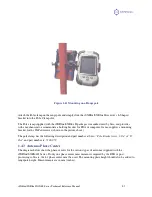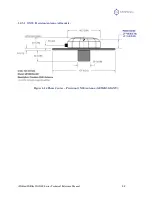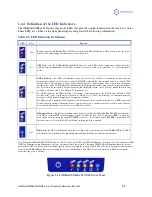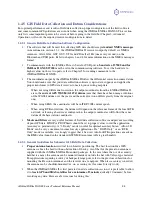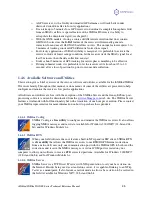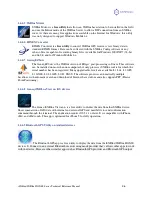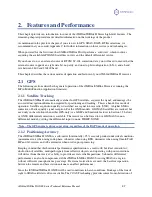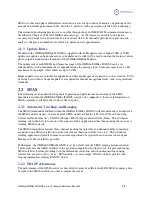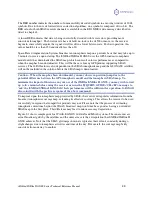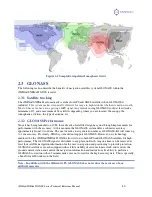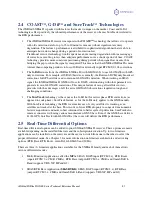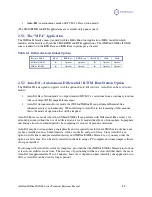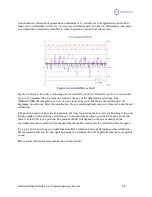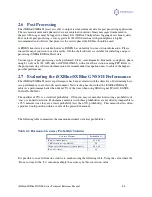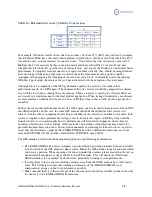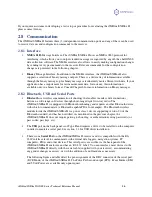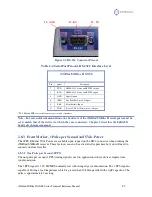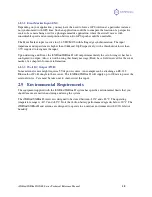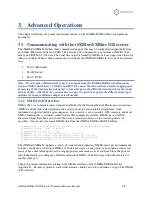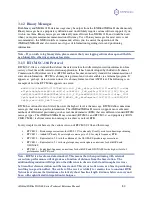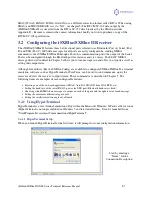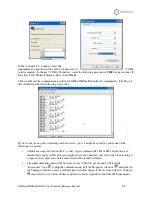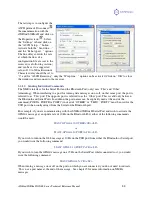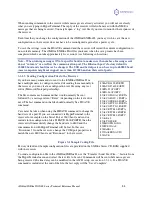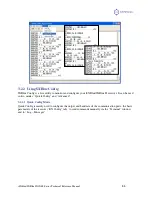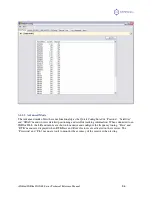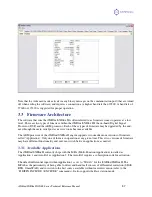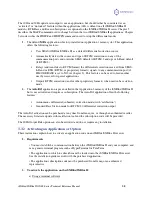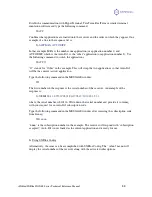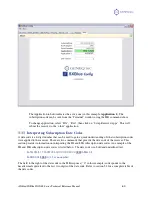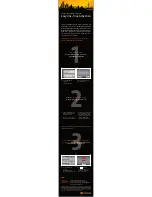
iSXblue/SXBlue II GNSS Series Technical Reference Manual
45
Table 2-3 Horizontal Accuracy Statistic Conversions
To
CEP
rms
R95
2drms
F
ro
m
CEP
1
1.2
2.1
2.4
rms
0.83
1
1.7
2.0
R95
0.48
0.59
1
1.2
2drms
0.42
0.5
0.83
1
For example, if Product A after test results in an accuracy of 90 cm 95% (R95) and you want to compare
this to Product B that has a sub-meter horizontal rms specification, select the value from where the ‘R95’
row and the ‘rms’ column intersect (to convert to rms). You will see that this conversion value is 0.59.
Multiply the 90 cm accuracy by this conversion factor and the result will be 53 cm rms. If you now
compare this to Product B’s specification of sub-meter rms, you can see the Product A would offer better
performance. To properly evaluate one receiver against another statically, they should be using identical
correction input (from an external source) and also share the same antenna using a power splitter
(equipped with appropriate DC-blocking of the receivers and a bias-T to externally power the antenna).
With this type of setup, the errors in the system are identical with the exception of receiver noise.
Although this is a comparison of the GPS performance quality of a receiver, it excludes other
performance merits of a GPS engine. The dynamic ability of a receiver should be compared in a similar
way with the test subjects sharing the same antenna. Unless a receiver is moving, its software filters are
not stressed in a similar manner to the final product application. When testing dynamically, a much more
accurate reference would need to be used, such as an RTK system so that a ‘truth’ position per epoch is
available.
Further, there are other performance merits of a GPS engine, such as its ability to maintain a lock on GPS
and SBAS satellites. In this case, the same GPS antenna should be shared between the receiver test
subjects. For the sake of comparing the tracking availability of one receiver to another, no accurate ‘truth’
system is required, unless performance testing is also to be analyzed. Again, an RTK system would be
required; however, it’s questionable how its performance will fair with environments where there are
numerous obstructions, such as foliage. Other methods of providing a truth reference may need to be
provided through observation times on surveyed monuments or traversing well-known routes. Again, be
aware that the coordinates output by the iSXBlue/SXBlue II, with no differential correction, are in the
current GPS WGS84 (G1674) datum (which follows ITRF 2008, epoch 2005).
The GPS antenna included should be mounted pursuant to the following requirements:
•
The iSXBlue/SXBlue II receiver computes a position based upon measurements from each satellite
to the location of the GPS antenna’s phase center. Mount the GPS antenna in the location for which
you desire a position. When choosing a location to mount the antenna, please ensure that there is an
unobstructed hemisphere of sky available to the GPS antenna. This will ensure that GNSS and
SBAS satellites are not masked by obstructions, potentially reducing system performance.
•
It is important to locate any transmitting antennas away from the GNSS antenna by several feet or
more. This will help to ensure that tracking performance of the iSXBlue/SXBlue II is not
compromised, giving you the best performance possible.
•
Make sure that there is sufficient length of the antenna extension cable available in order to be able
to connect it to the iSXBlue/SXBlue II enclosure.

